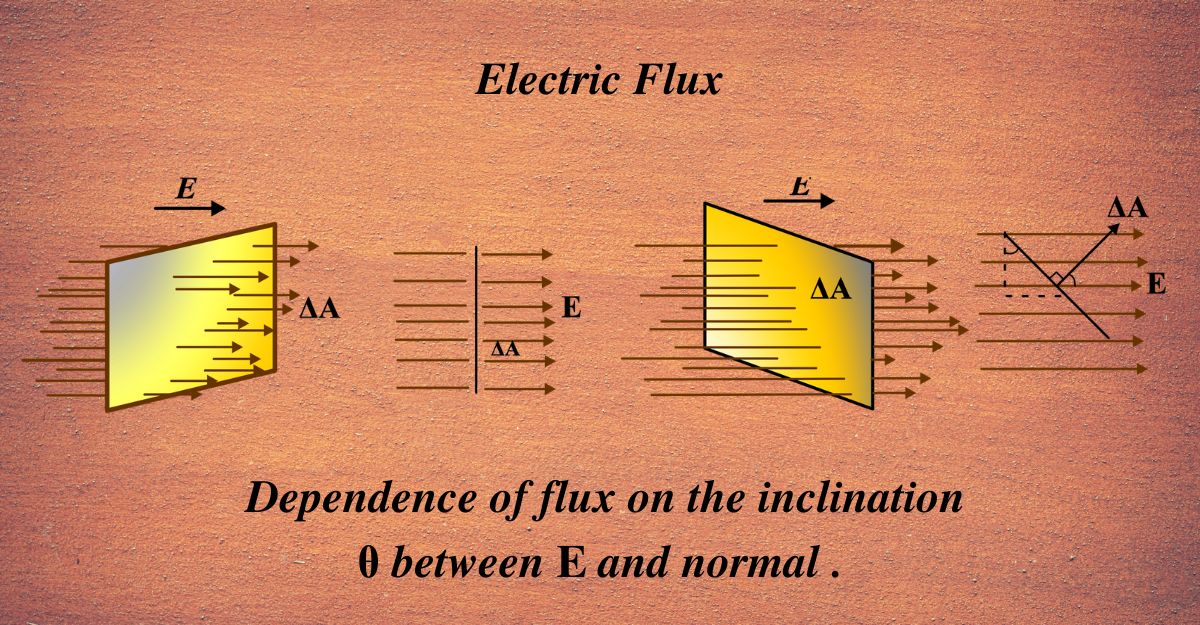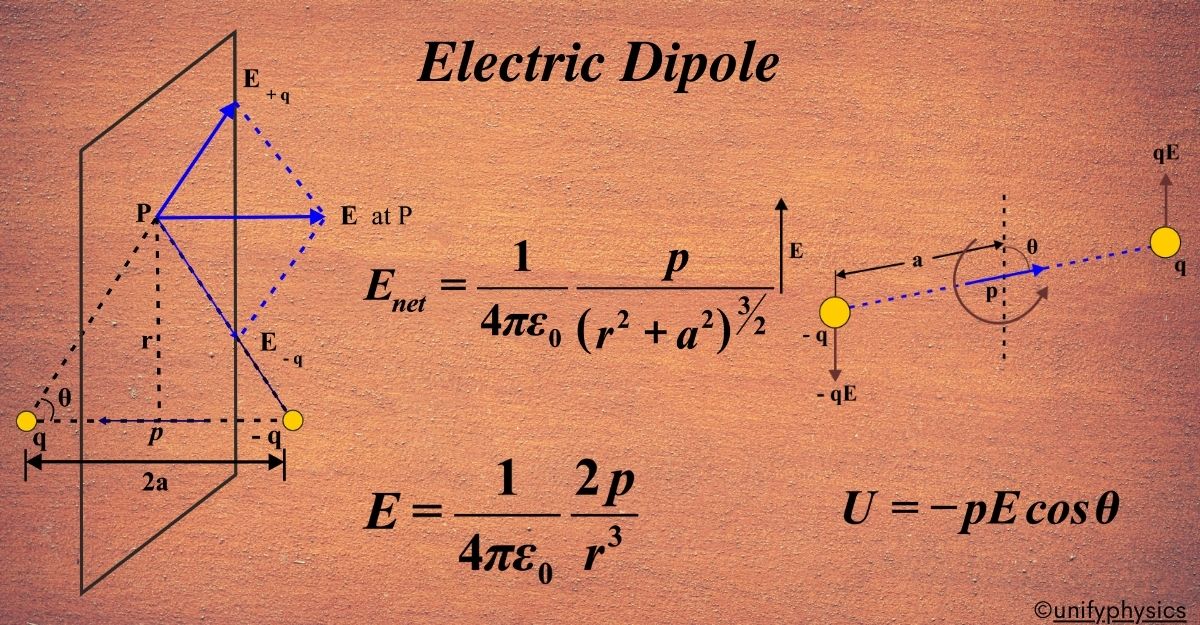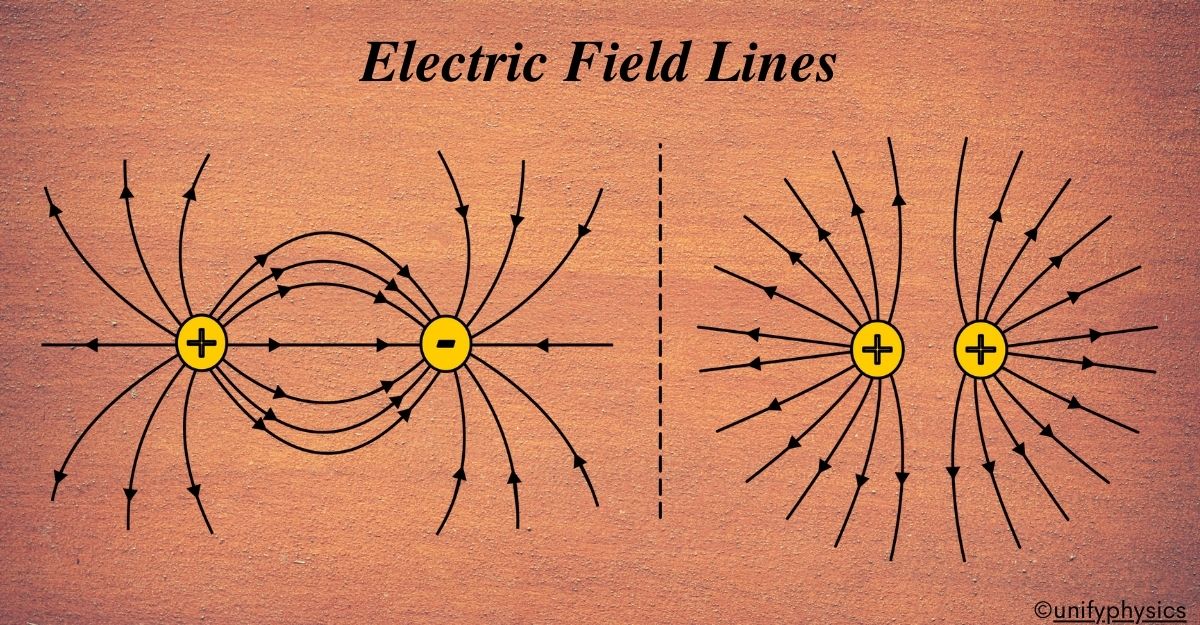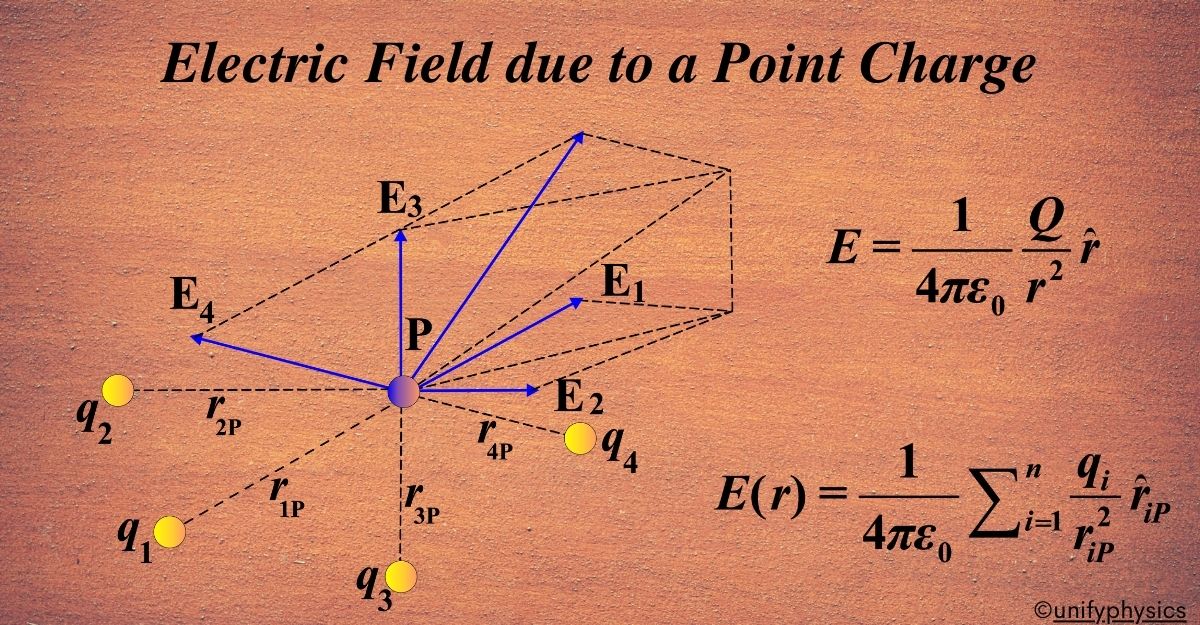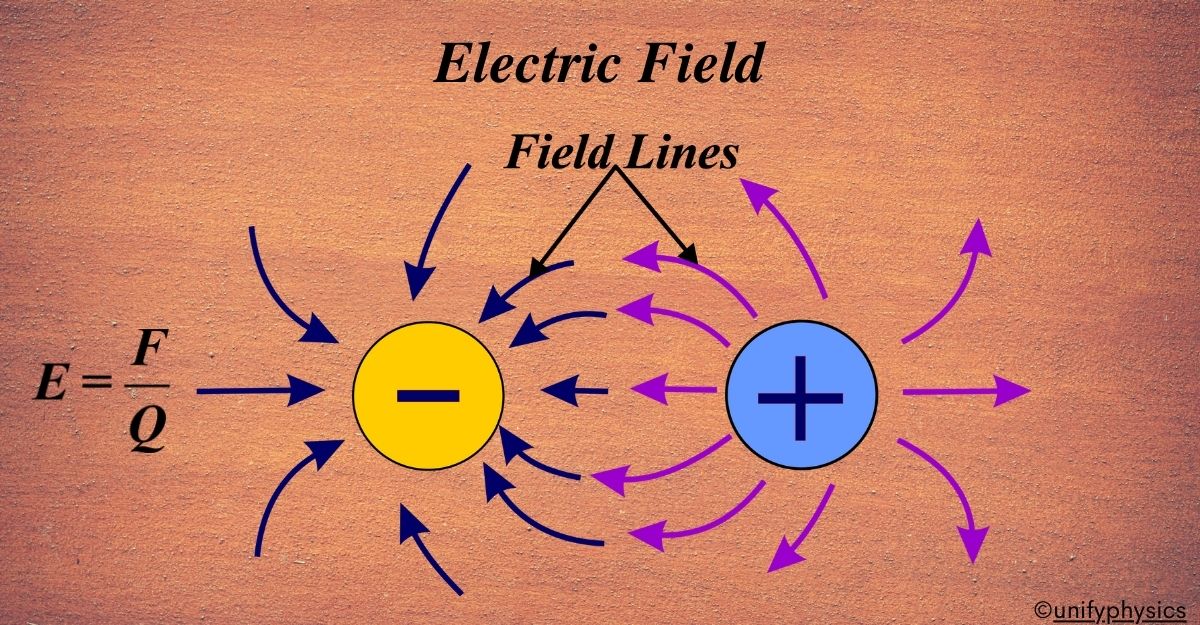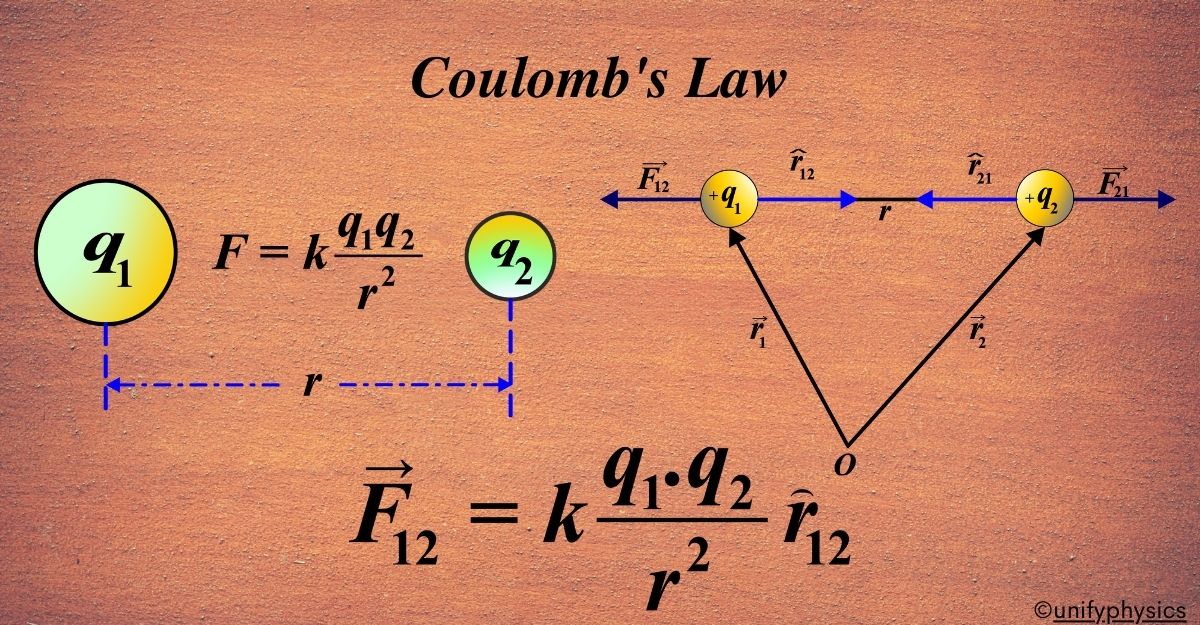Electric Flux
The concept of electric flux emerges from the work on electricity and magnetism that began in the 18th century. During this period, scientists were exploring the nature of electric and magnetic fields and trying to understand how they interacted with matter. The key figure in the history of electric flux is Carl Friedrich Gauss, a … Read more
